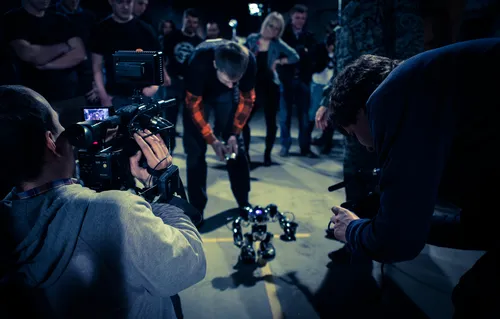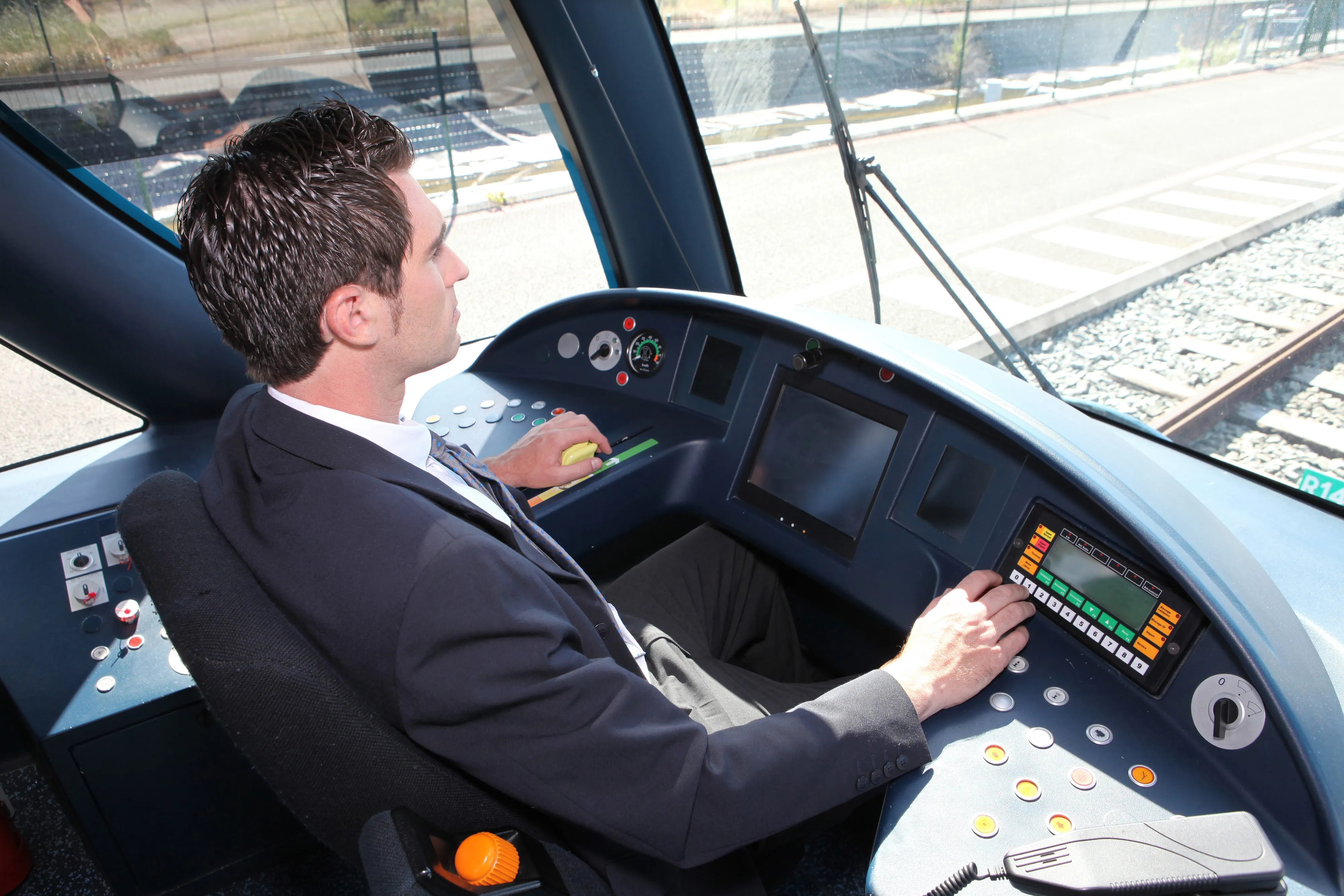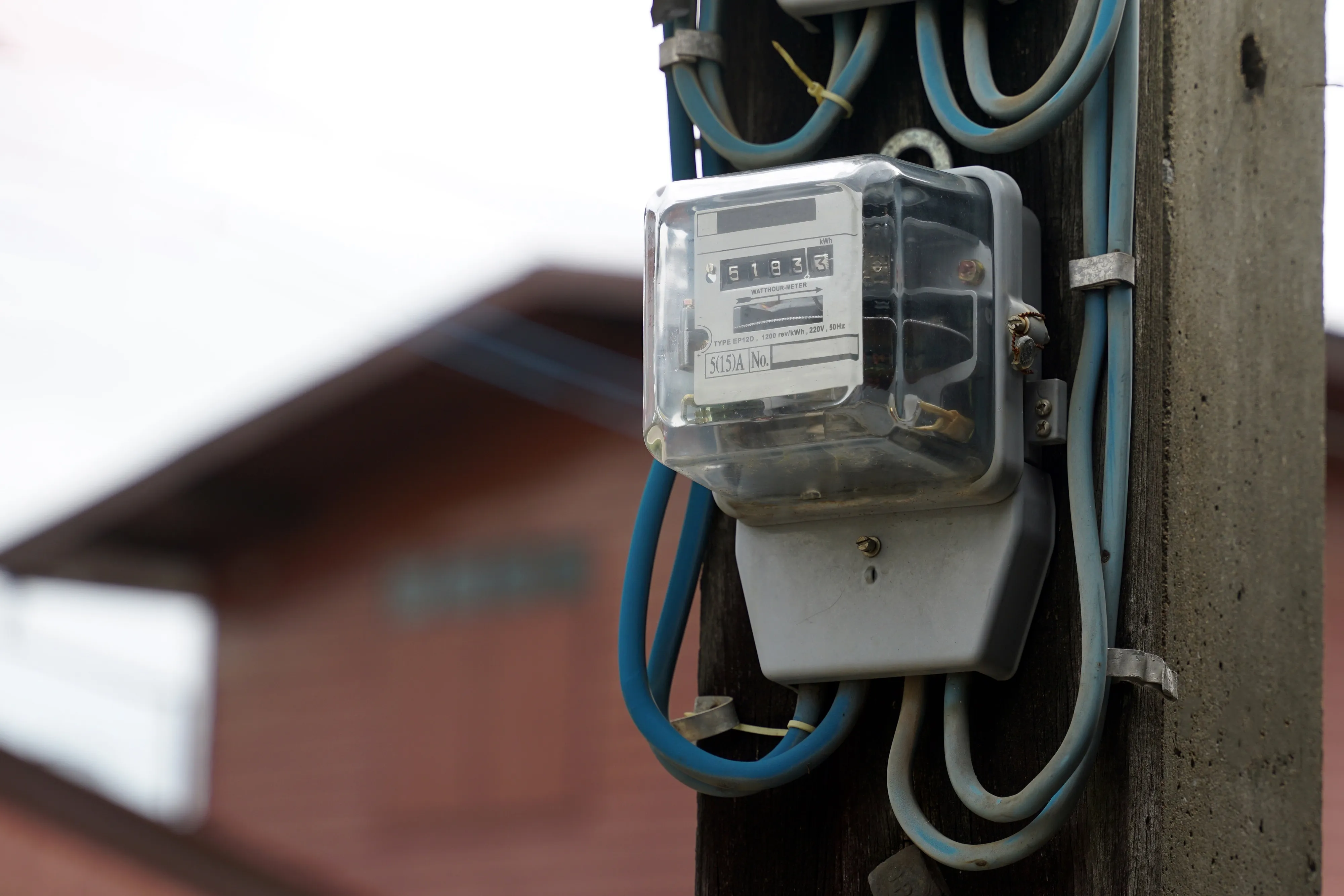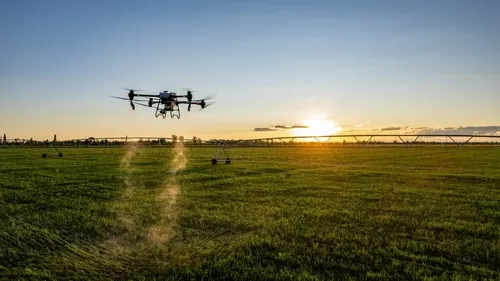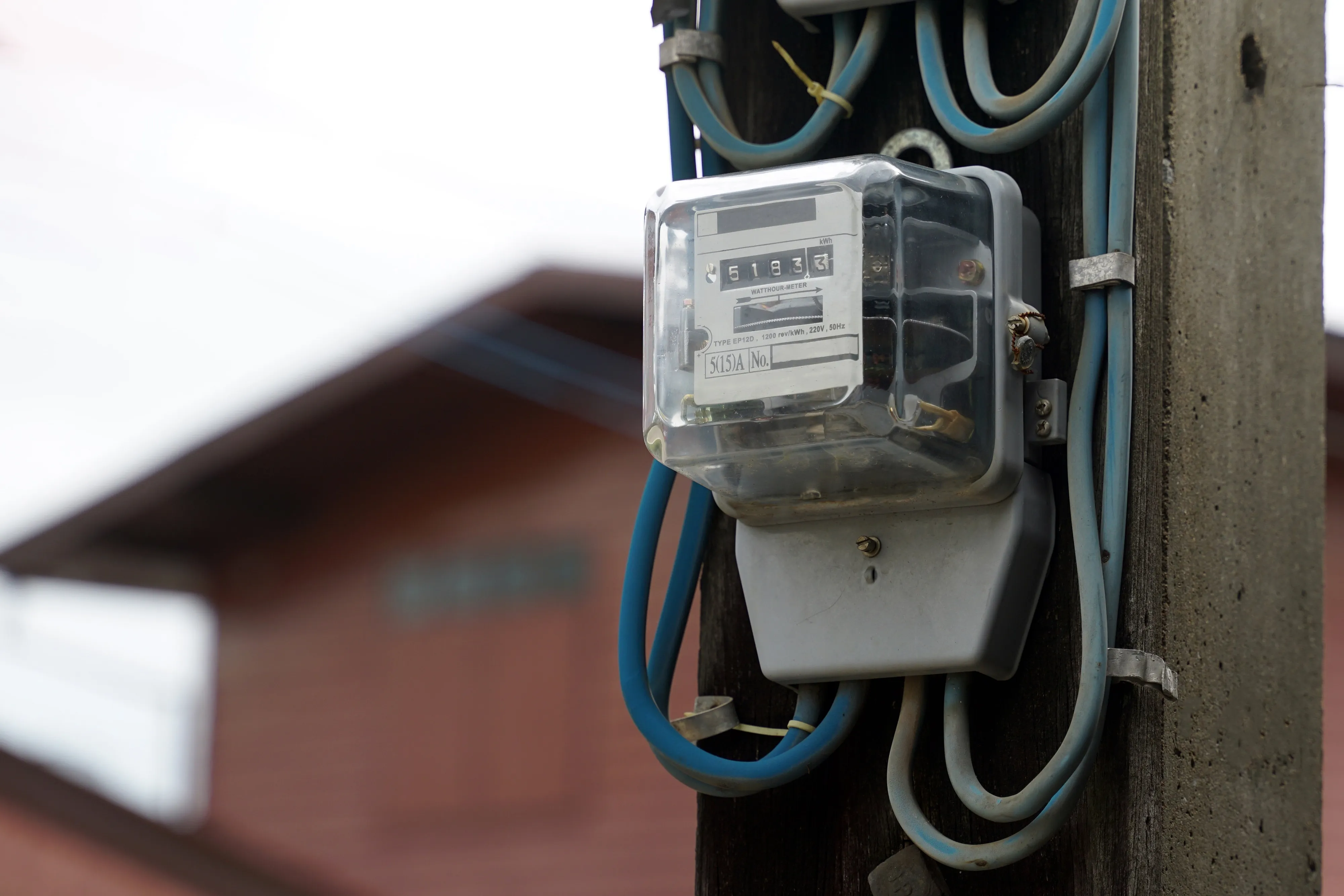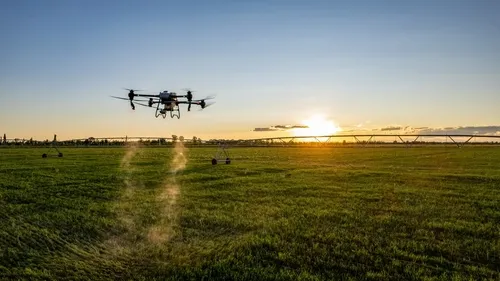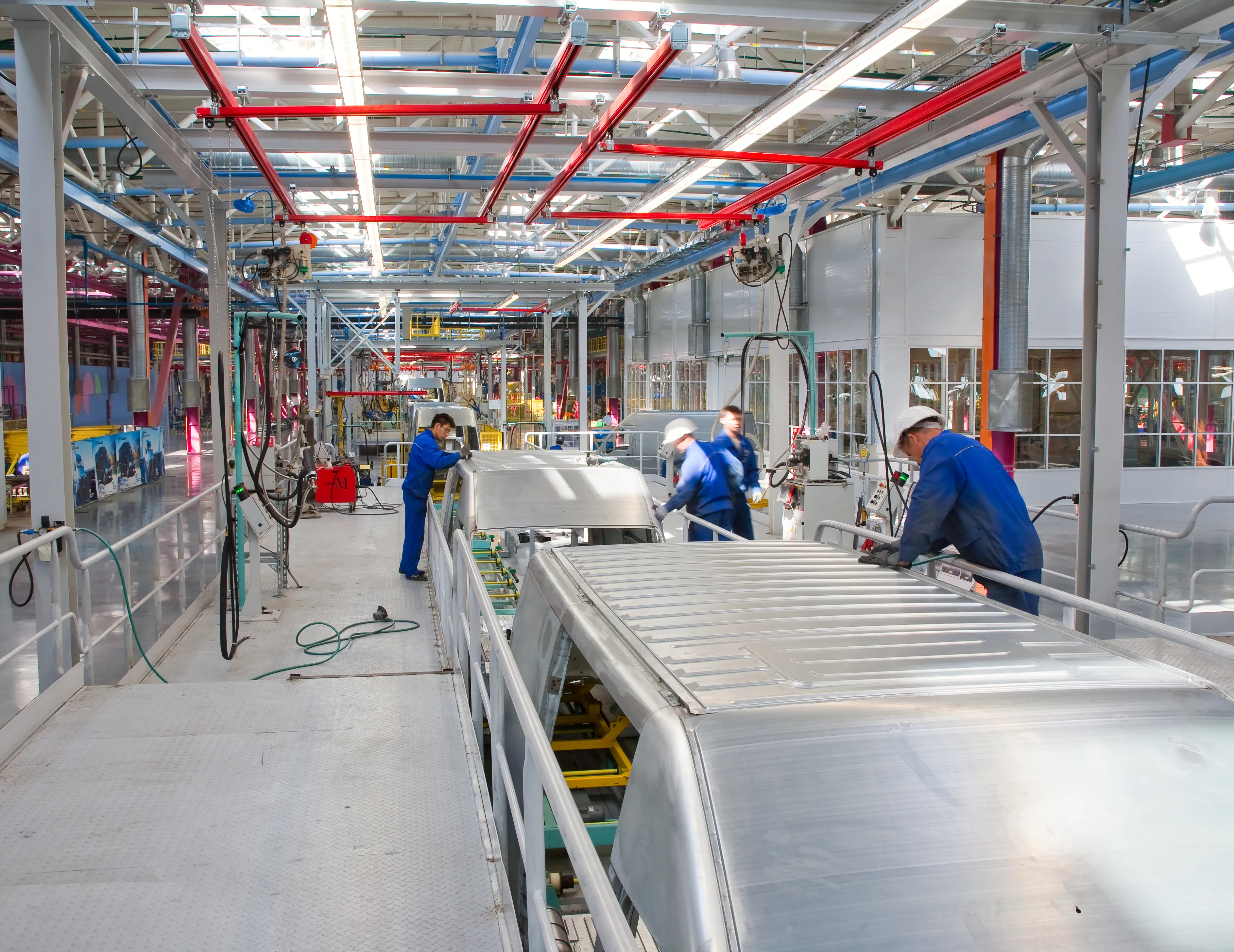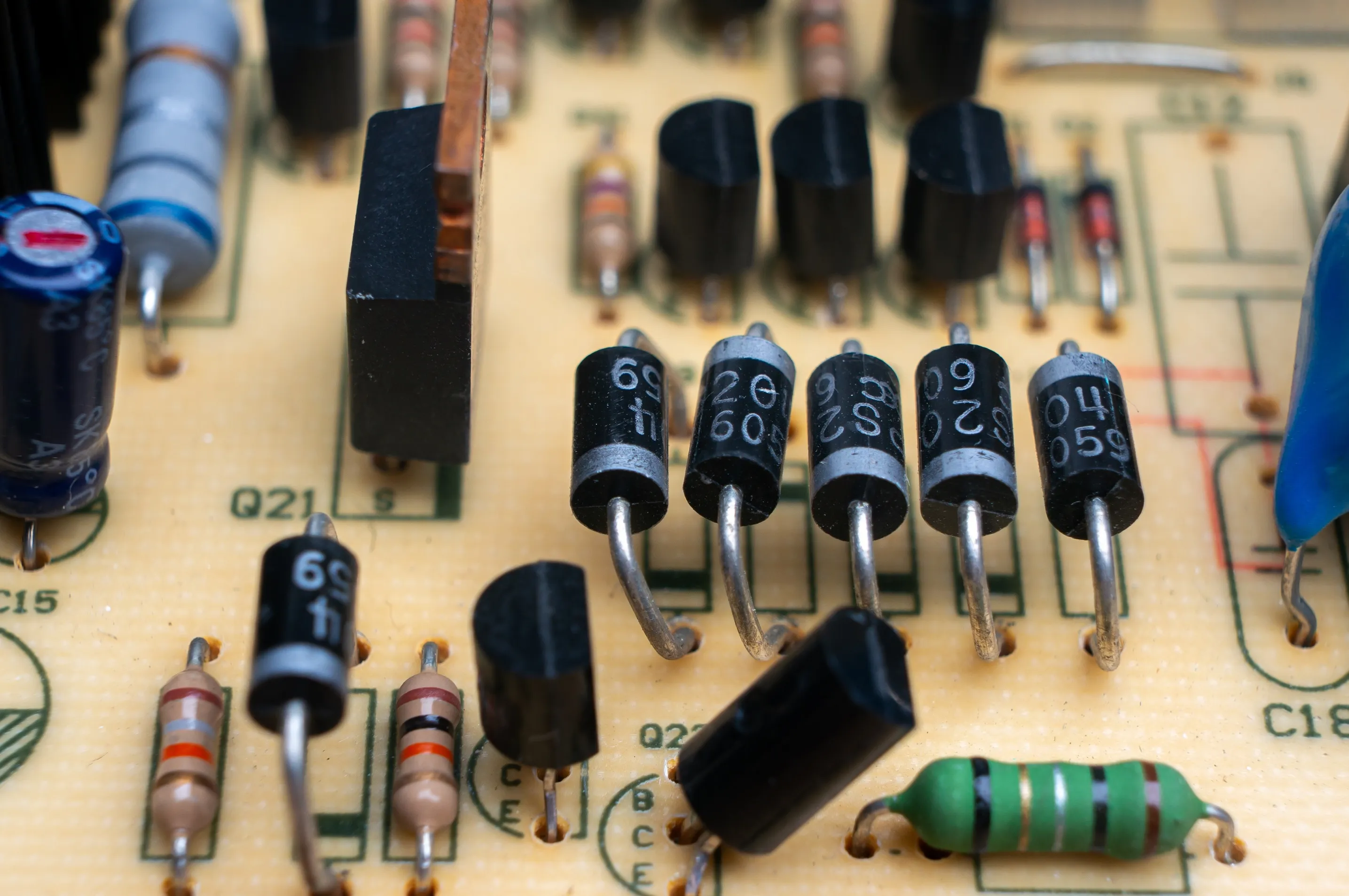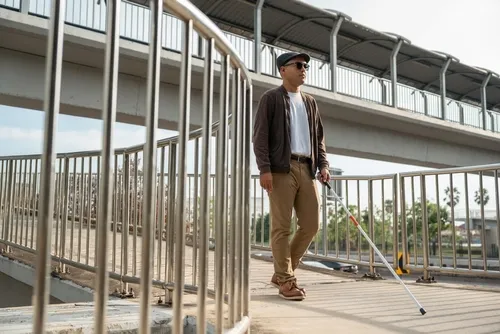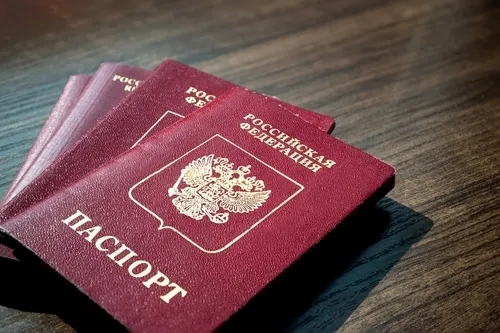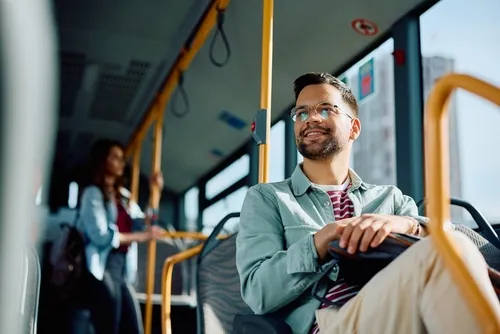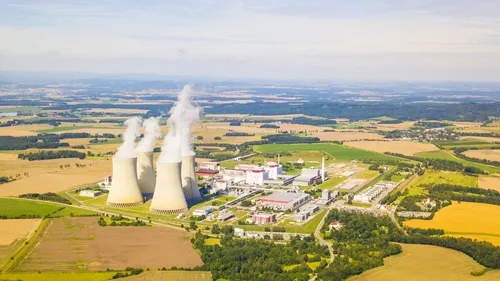AI Will Hit the Brakes If Your Tram Driver Nods Off
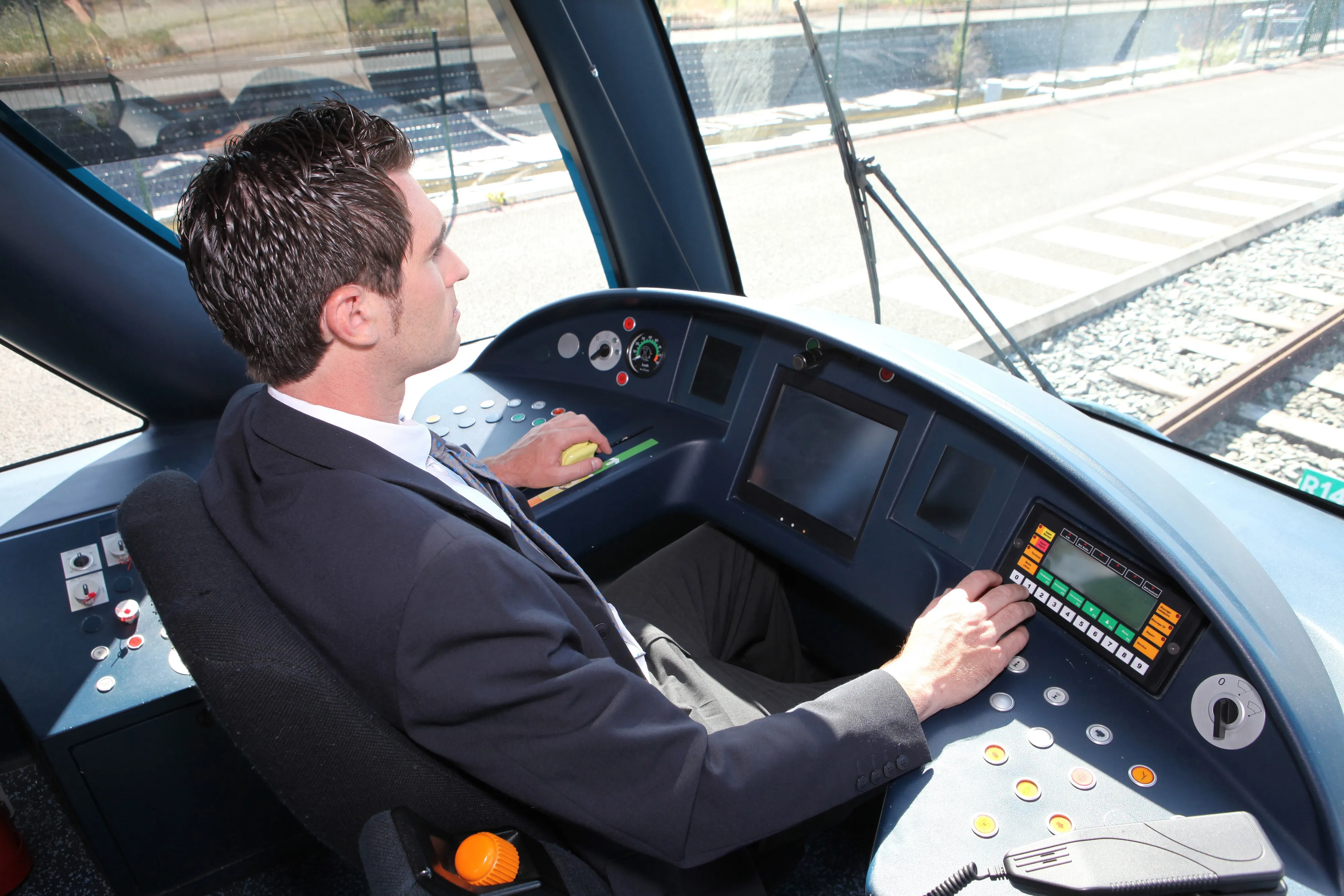
Russia’s latest public transit tech is watching the watchers—literally.
In Russia’s growing fleet of next-gen trams, artificial intelligence isn’t just optimizing routes or regulating temperature. It’s monitoring the people behind the controls.
Fifteen new trams, built in the Chelyabinsk Region, are about to hit the streets of Yekaterinburg. Sleek and accessible, each vehicle can carry up to 260 passengers, features full climate control and navigation, and boasts a low-floor design for mobility-impaired riders. But hidden under the hood is something more advanced: a neural network that tracks the tram driver’s state in real time.
Called Griffon, the system acts as an AI co-pilot. If it detects that the driver is drowsy, disoriented, or loses consciousness entirely, the tram will gradually and automatically come to a safe stop. An alert is instantly sent to operators, who can take emergency action.
But Griffon isn’t just reactive—it’s predictive. Using visual and biometric cues, the AI attempts to flag fatigue or medical distress before a crisis occurs, buying precious seconds in high-stakes scenarios.
This blend of machine learning and public safety marks a new chapter in smart transportation, where neural networks don’t just move us—they protect us.





